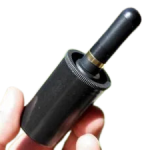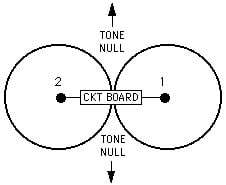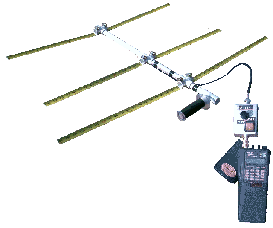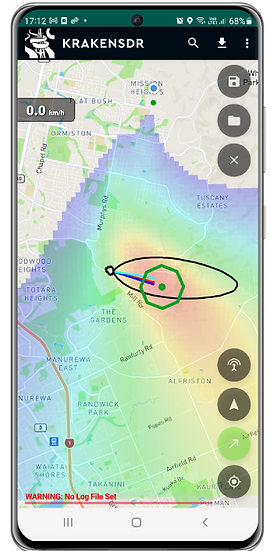Being the Fox Tender is almost as much fun as finding the Fox!
As the club’s RDF abilities improve the creativity in where the Fox is hidden will likely become equally creative! If you have ideas on challenging the Fox Hunters then SIGN UP!
The Process
- Complete the sign-up form
- Once confirmed on the calendar arrange to pick up the Foxes from Doug (W2VX)
- Select an area to hide the Fox and do some basic testing (to understand coverage area)
- Promote the Fox Hunt (Coffee Break Net, Club Calendar, Club announcements i.e. Watts Up)
- Run the Fox Hunt and record results and take pictures if you are able
- After the hunt return the Foxes to Doug (W2VX)
- Write an article for the Club Newsletter!
Available Foxes
The club (Doug – W2VX) maintains several Foxes for Fox Tenders to use. The foxes are pre-programmed and ready to go with the exception of potentially needing new batteries. The available foxes include:

Doug (W2VX) has constructed a high power fox placed in an ammo can. Given the high power output (1-5 watts) this Fox would is most appropriate for longer distance Fox Hunts.
 Jon (KI6RT)’s Byonics MicroFox 15 is typically available for club fox hunts (depending on what KI6RT is testing). Others in the club also own this model micro fox.
Jon (KI6RT)’s Byonics MicroFox 15 is typically available for club fox hunts (depending on what KI6RT is testing). Others in the club also own this model micro fox.
Foxes from Byonics typically output 15 milliWatts and are useful in parks or smaller areas.
 SFARC owns two Byonics MicroFox 15S transmitters.
SFARC owns two Byonics MicroFox 15S transmitters.
More questions? Please contact Jon (KI6RT) or Doug (W2VX).


 (time of arrival) that appears as a tone on the HT (handi-talkie). As illustrated on the right the tone will be null (i.e. minimum volume) when the antennas are equidistance from the hidden transmitter thereby providing a vector to/from the hidden transmitter. Once several bearings or vectors have been established and plotted on a map the location of the Fox can be estimated.
(time of arrival) that appears as a tone on the HT (handi-talkie). As illustrated on the right the tone will be null (i.e. minimum volume) when the antennas are equidistance from the hidden transmitter thereby providing a vector to/from the hidden transmitter. Once several bearings or vectors have been established and plotted on a map the location of the Fox can be estimated.  Growing in popularity is the
Growing in popularity is the